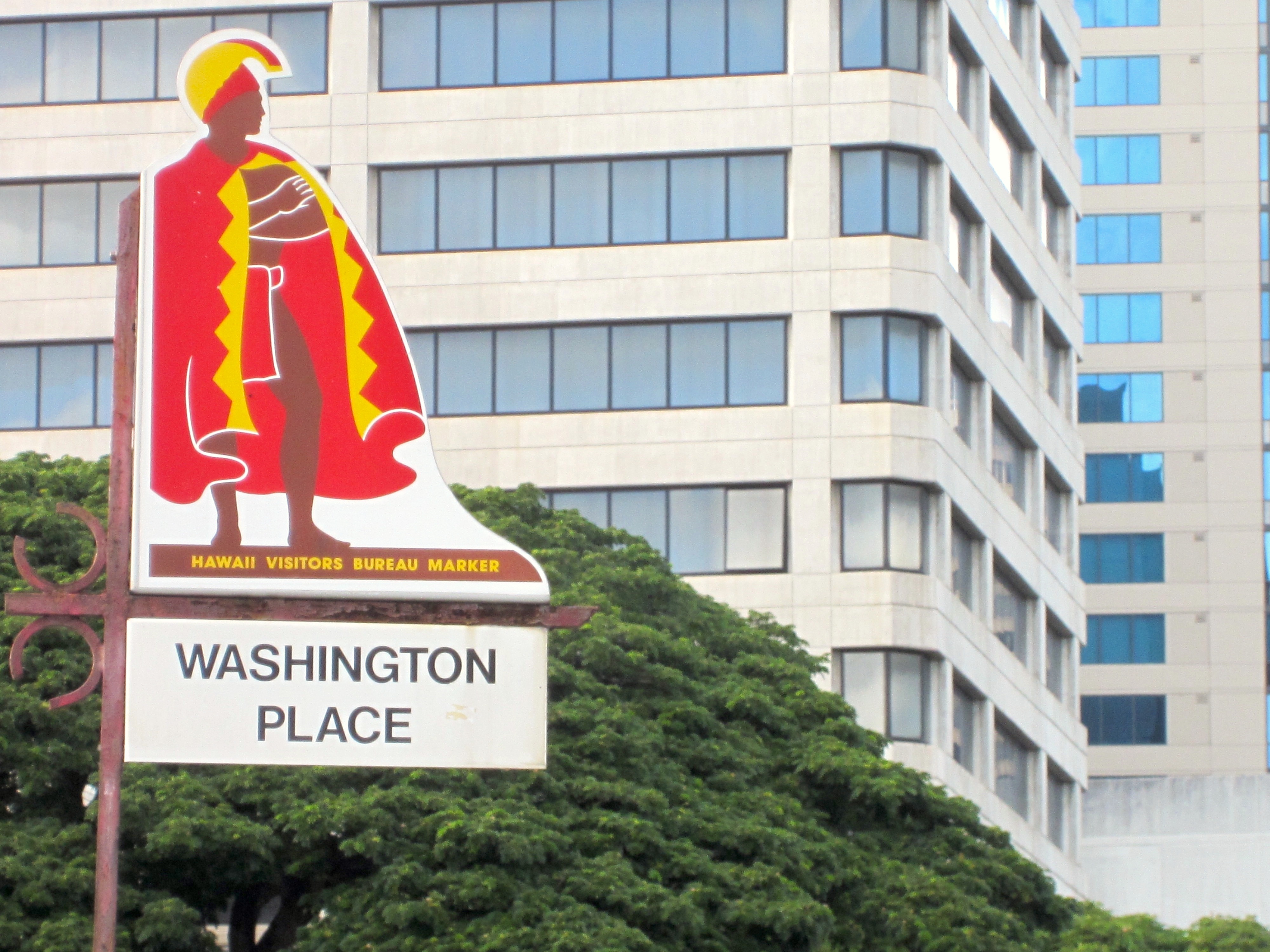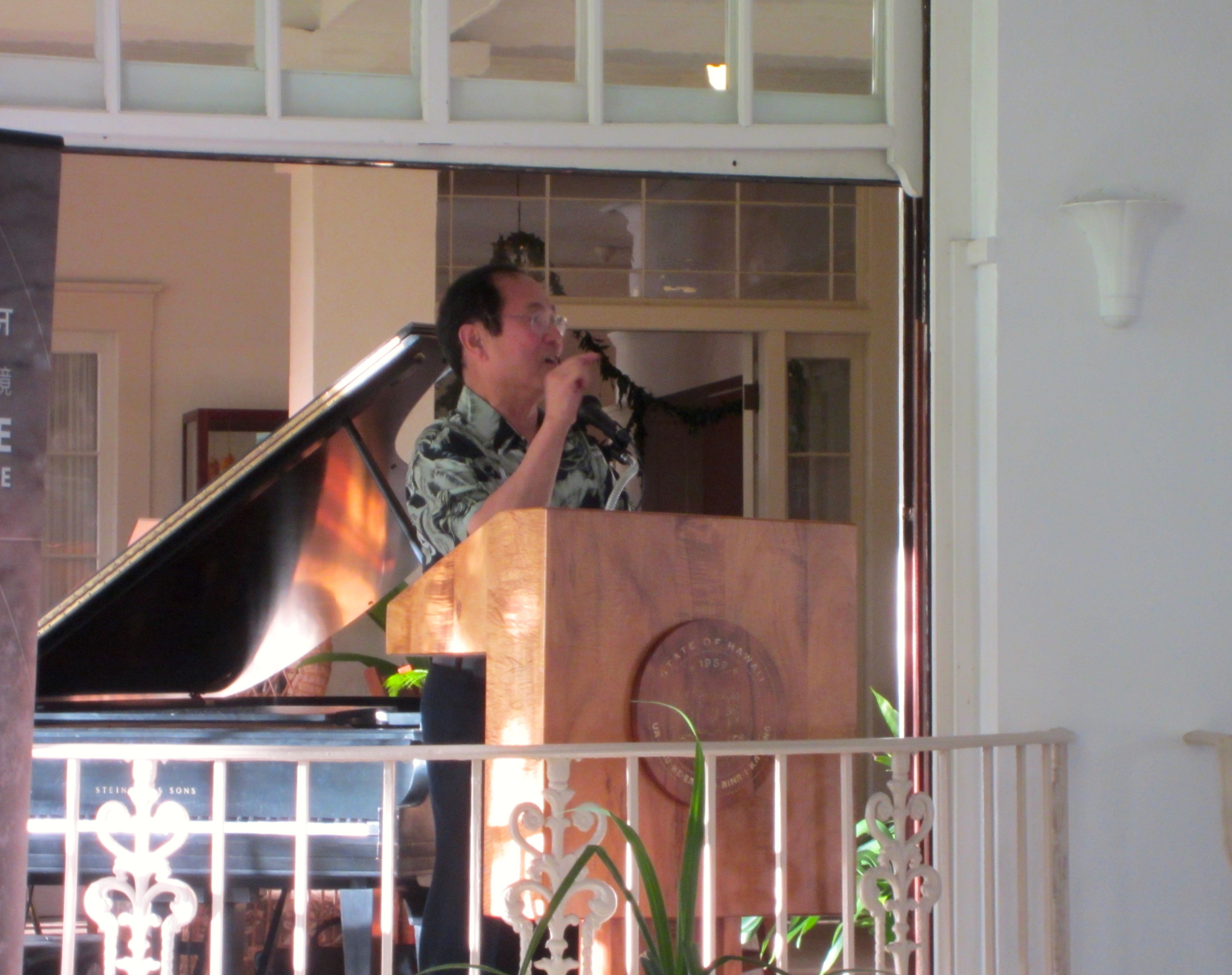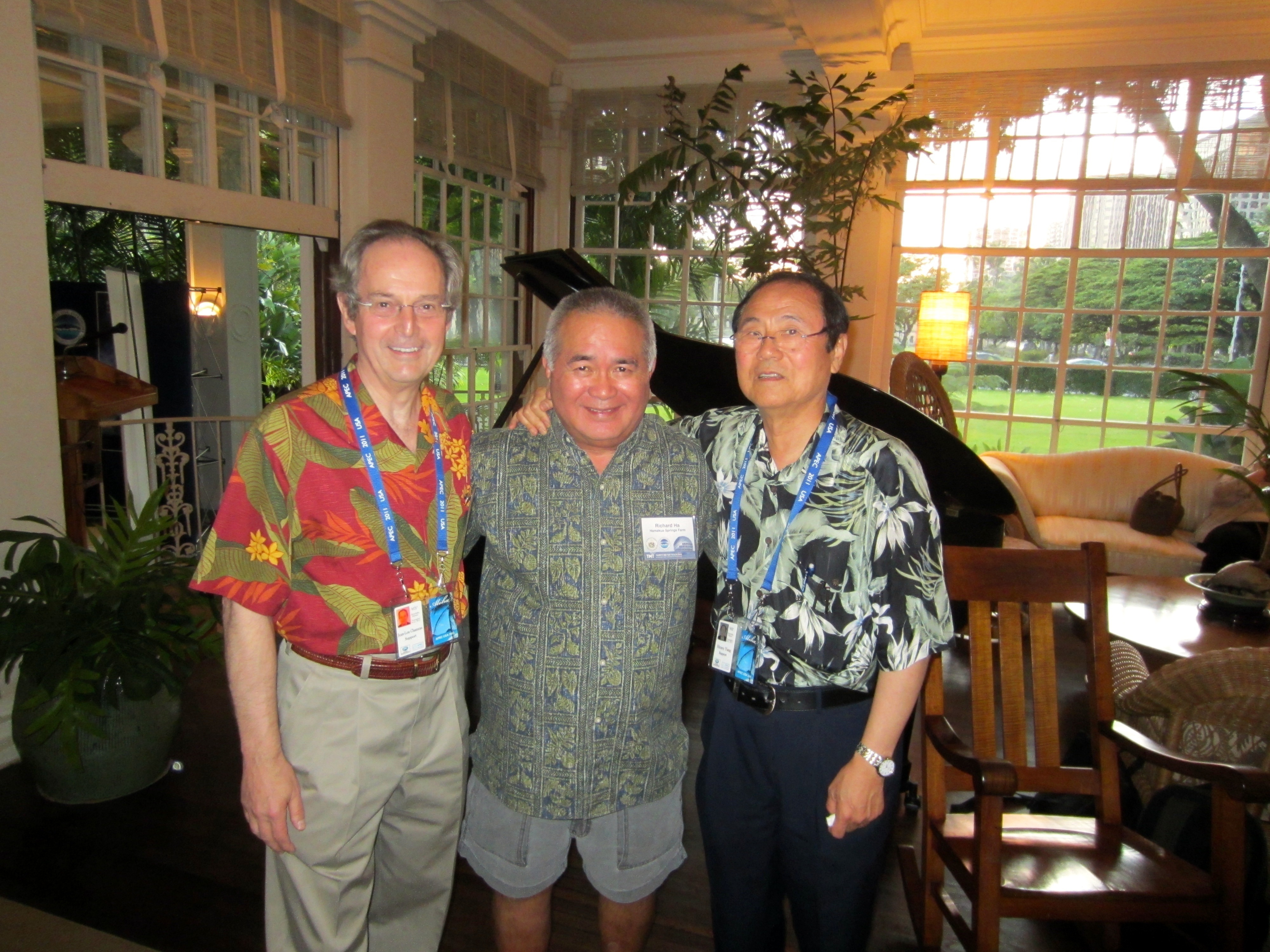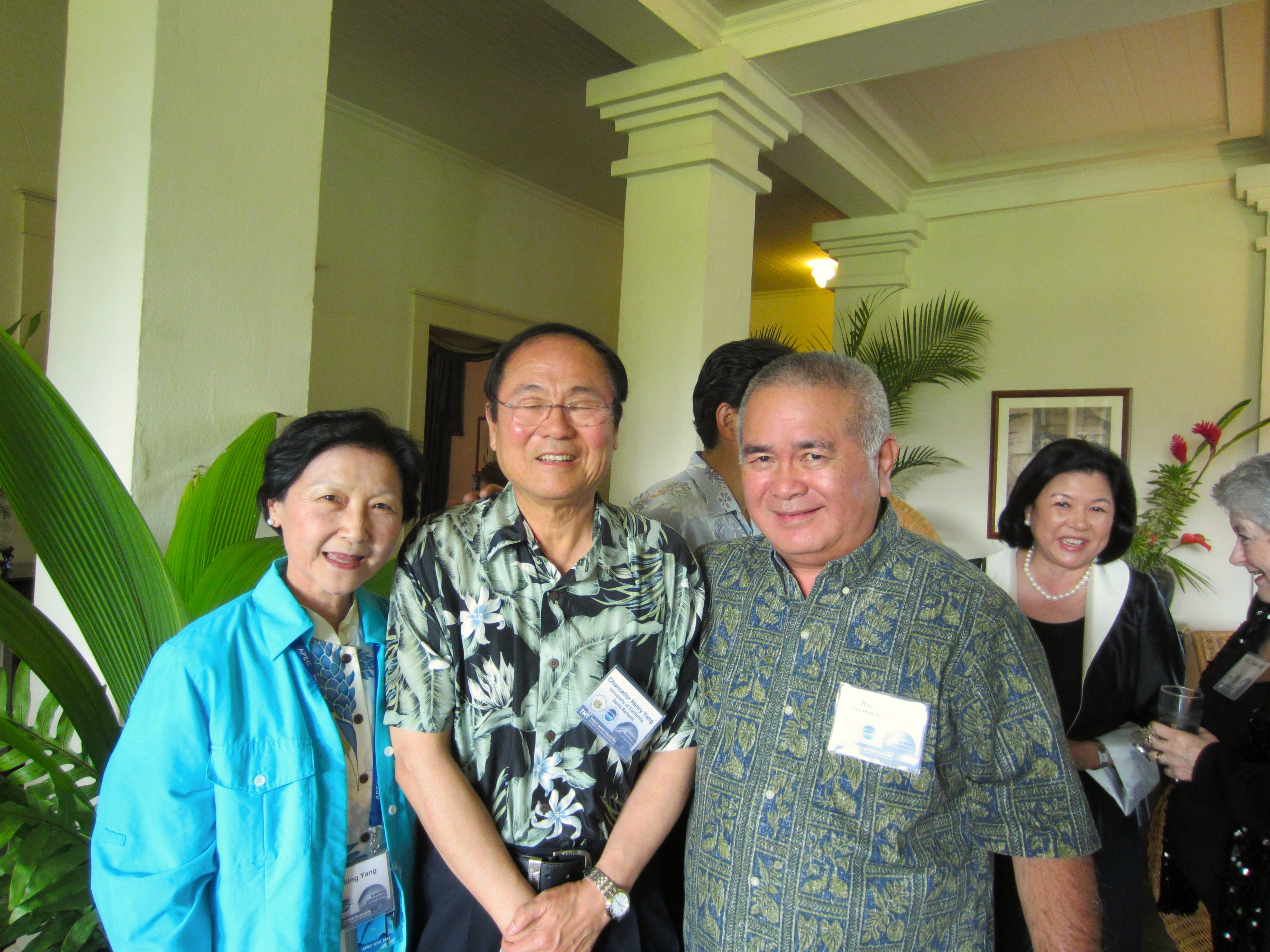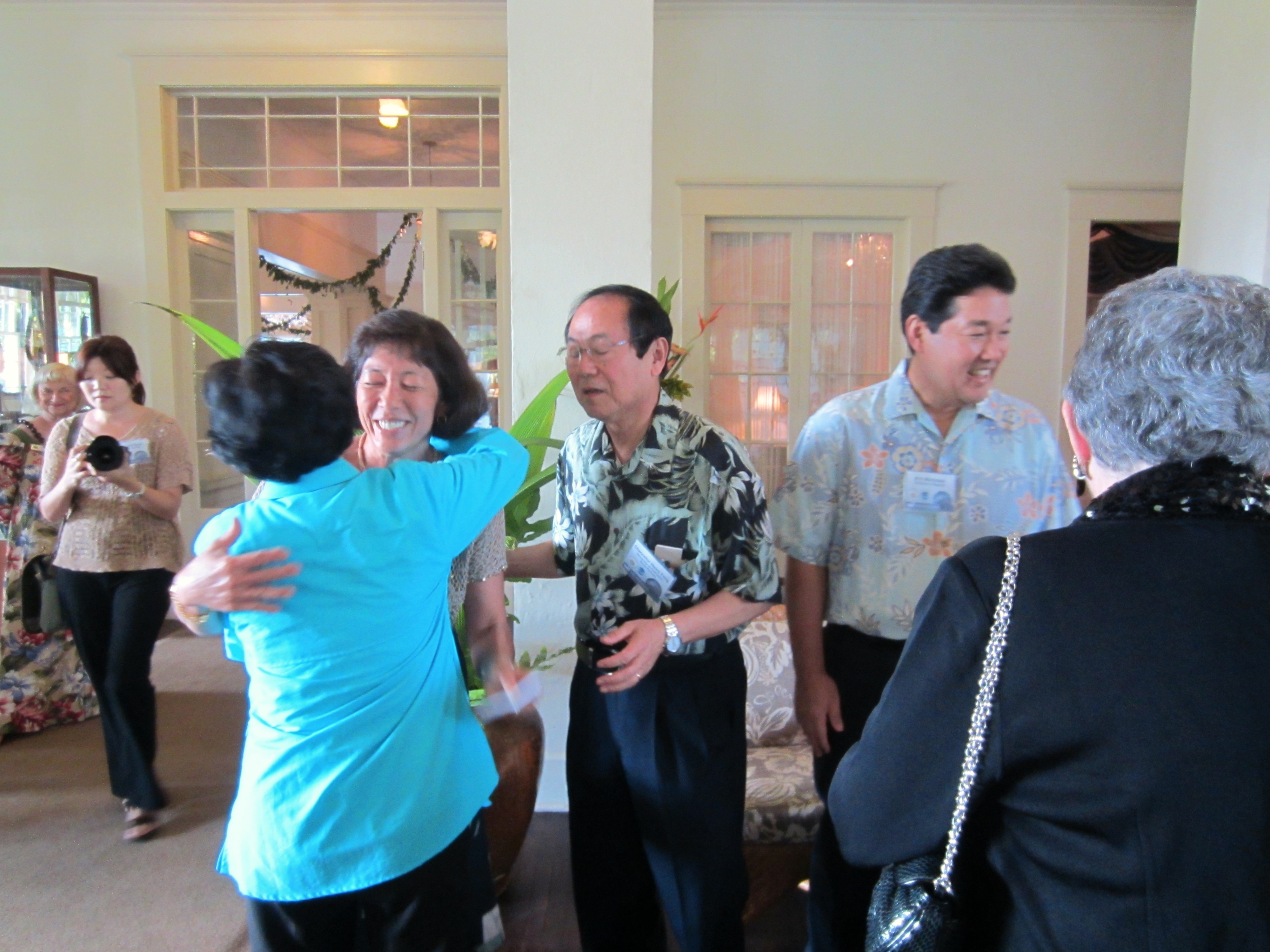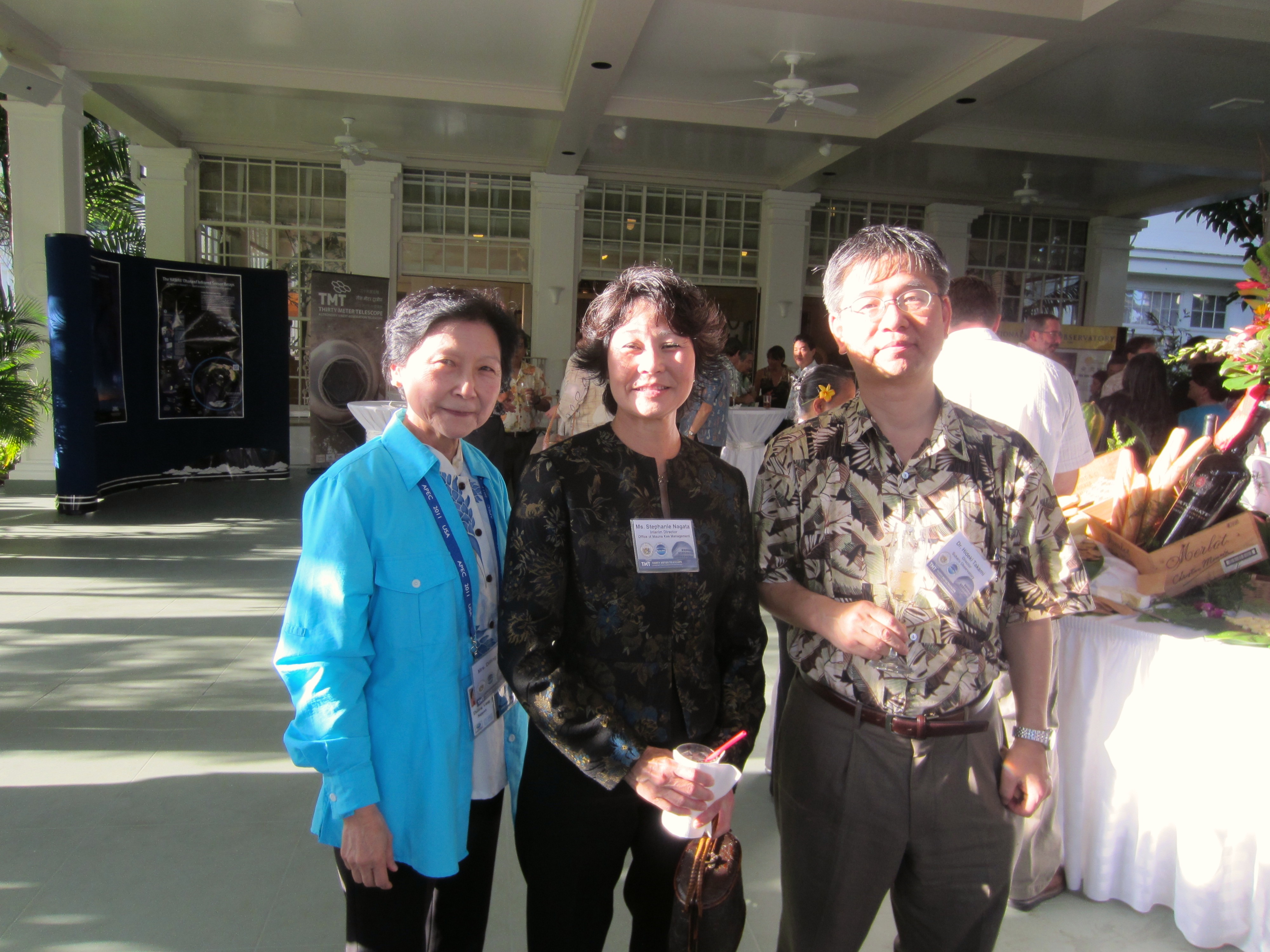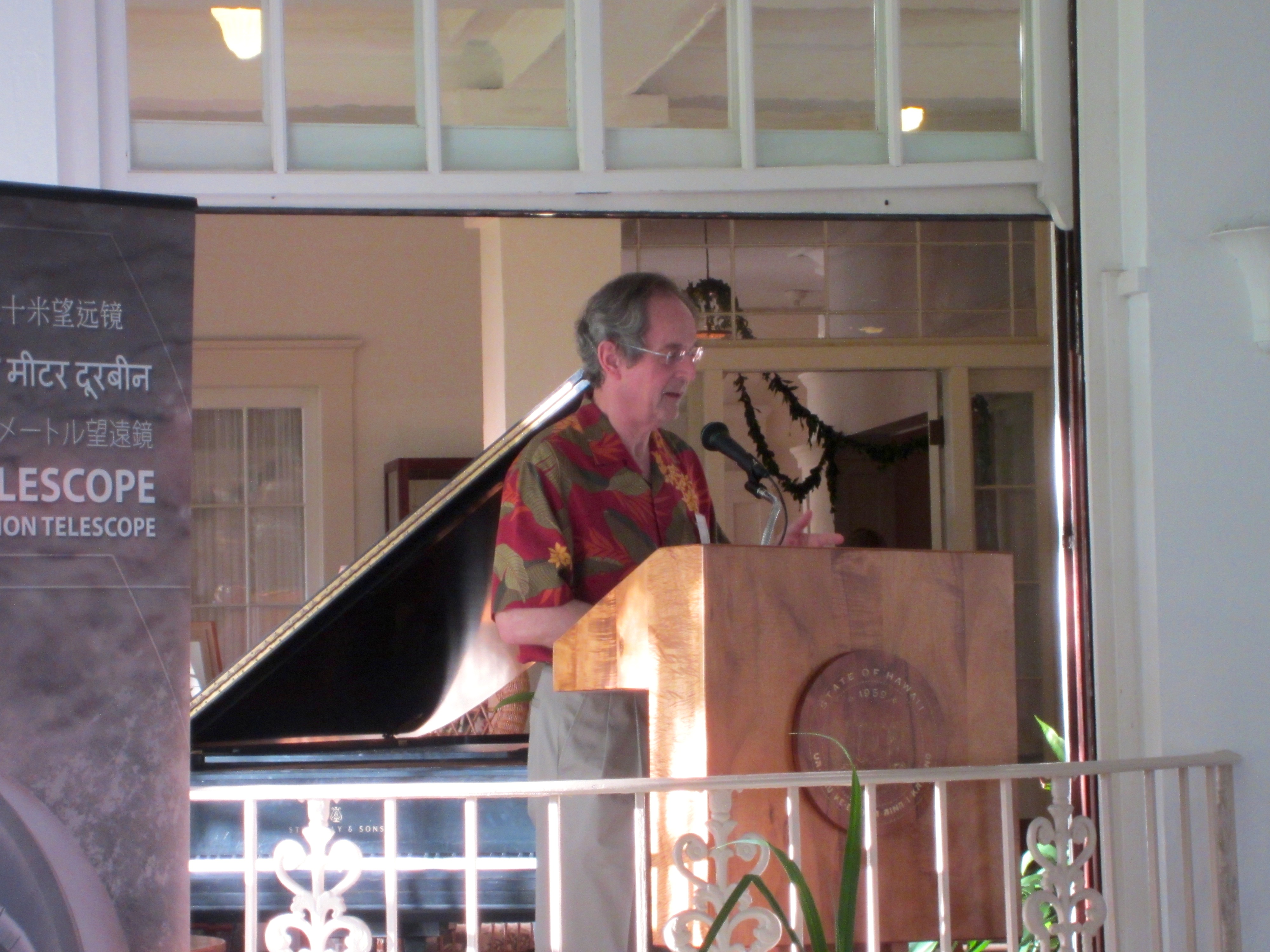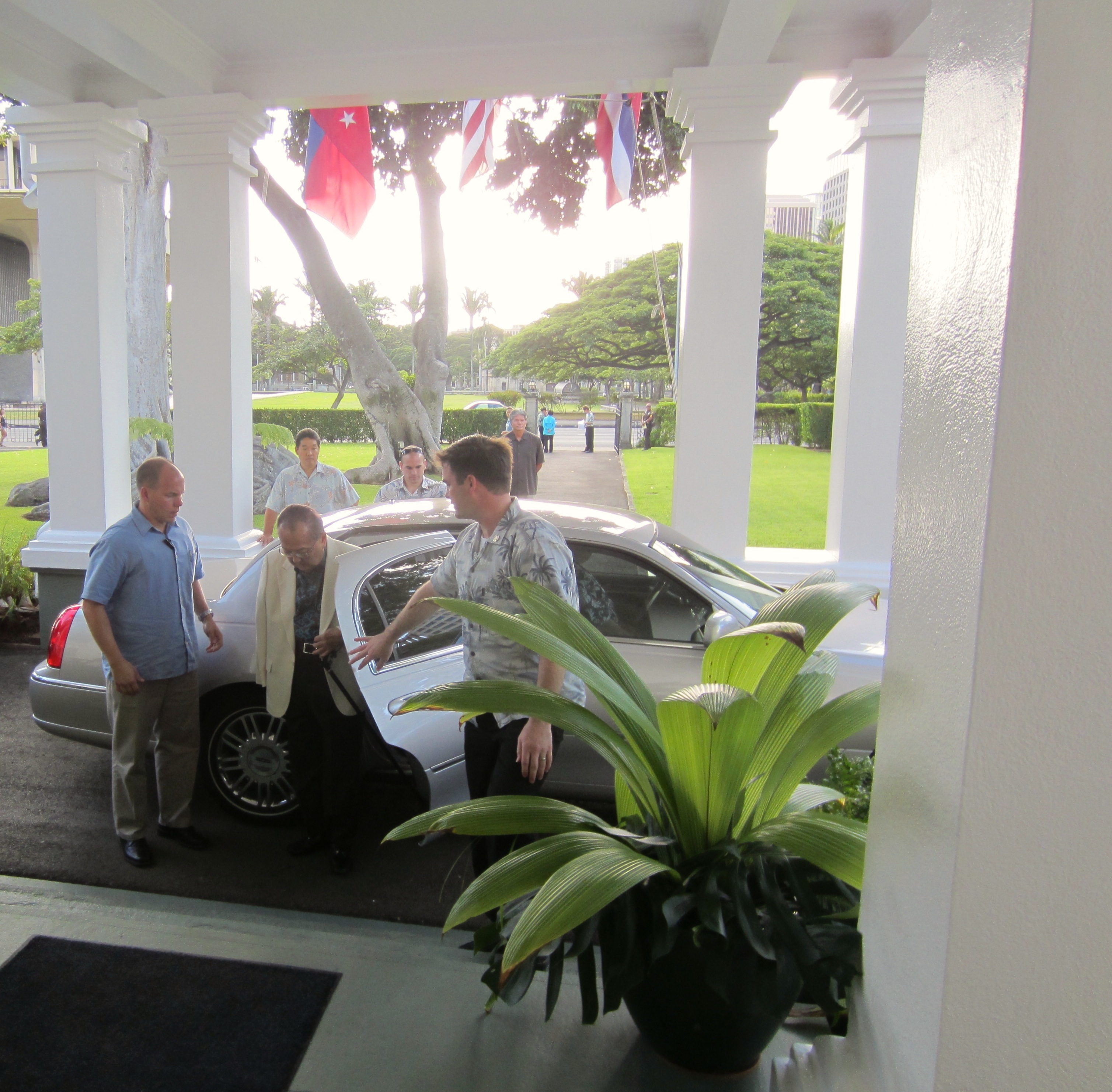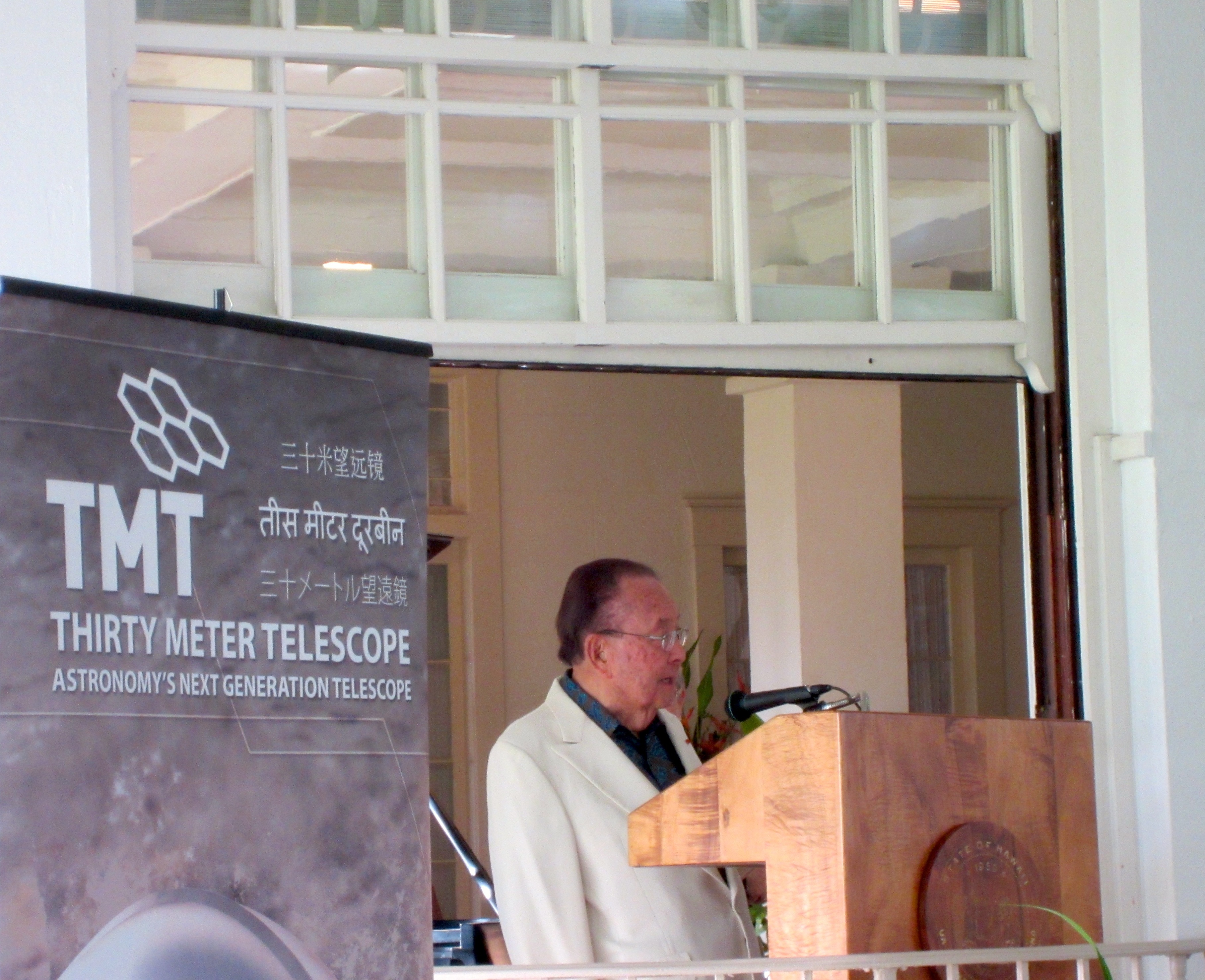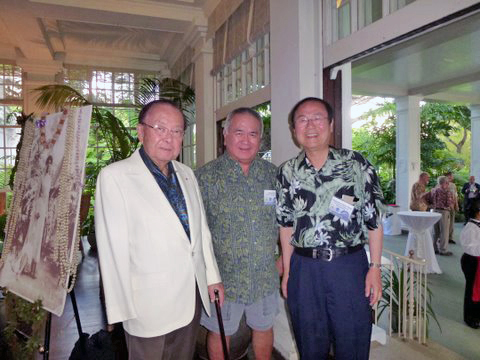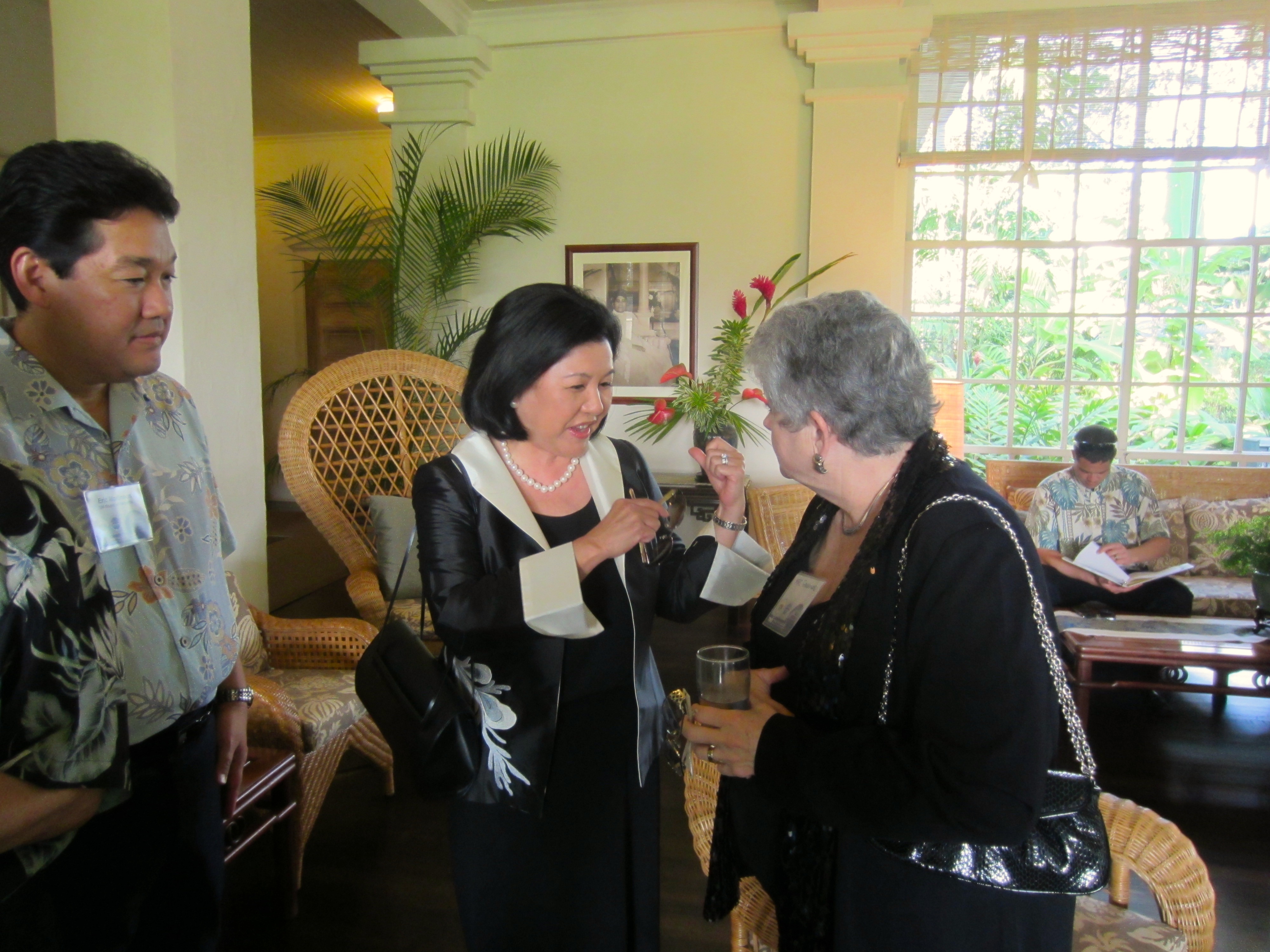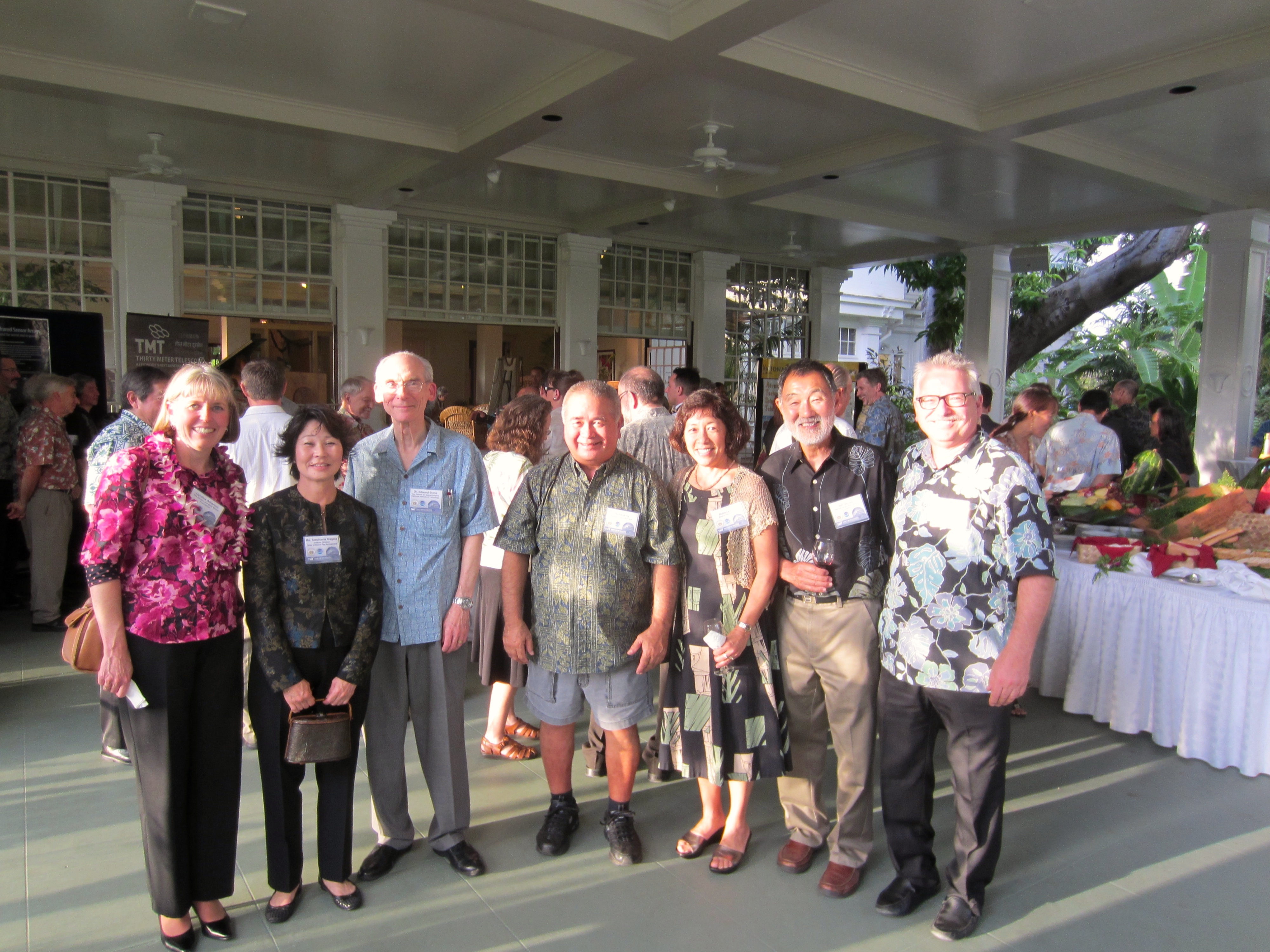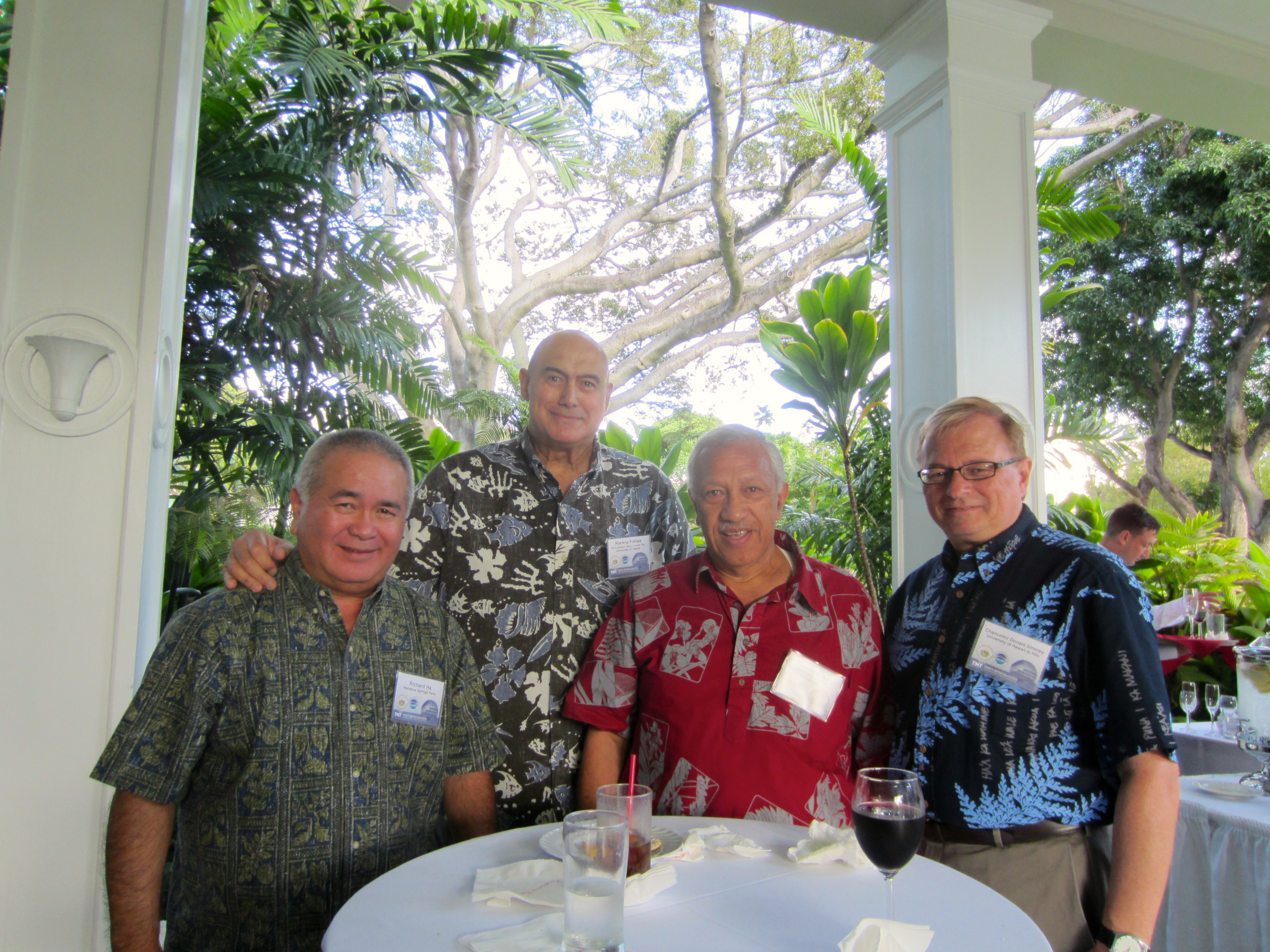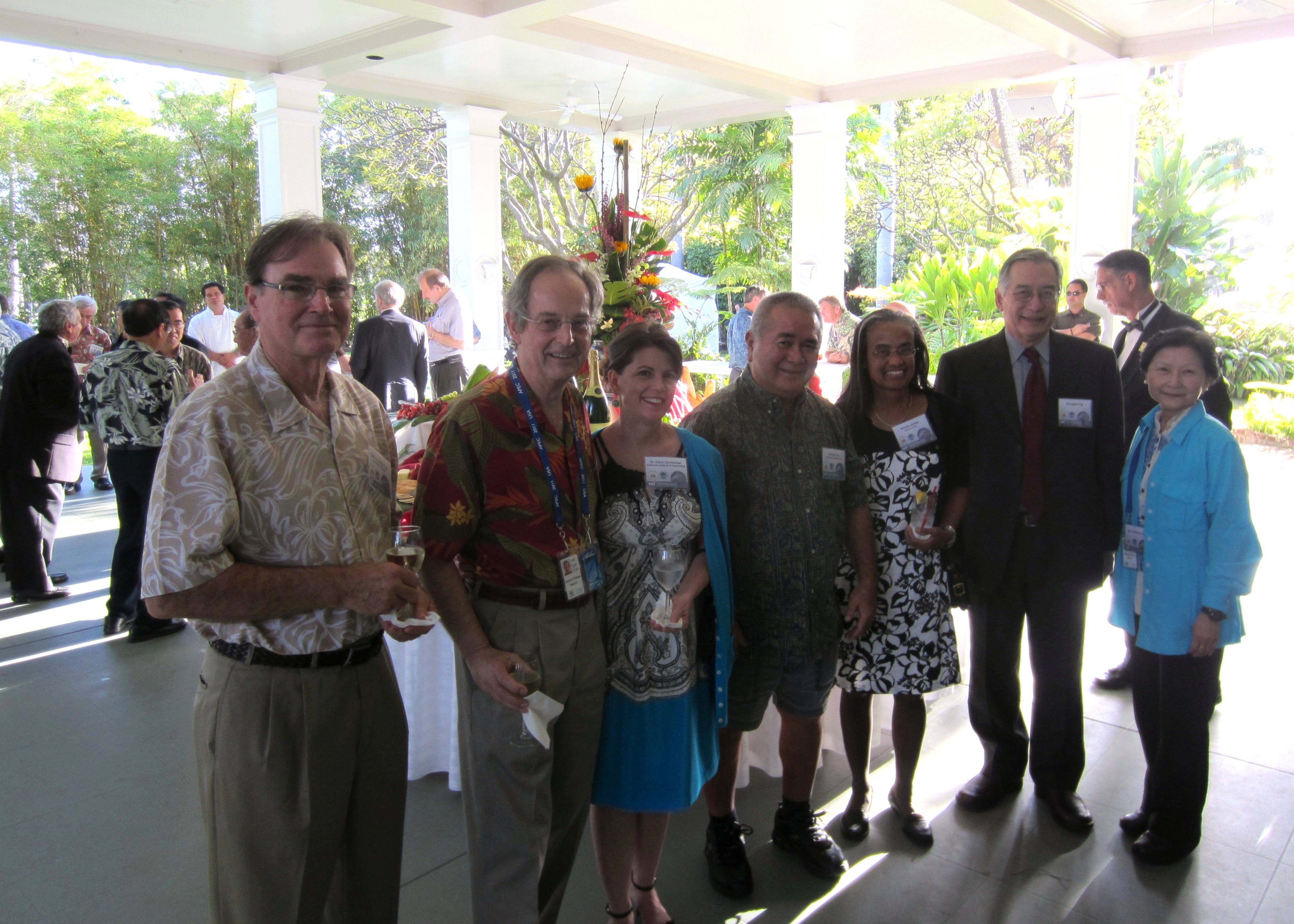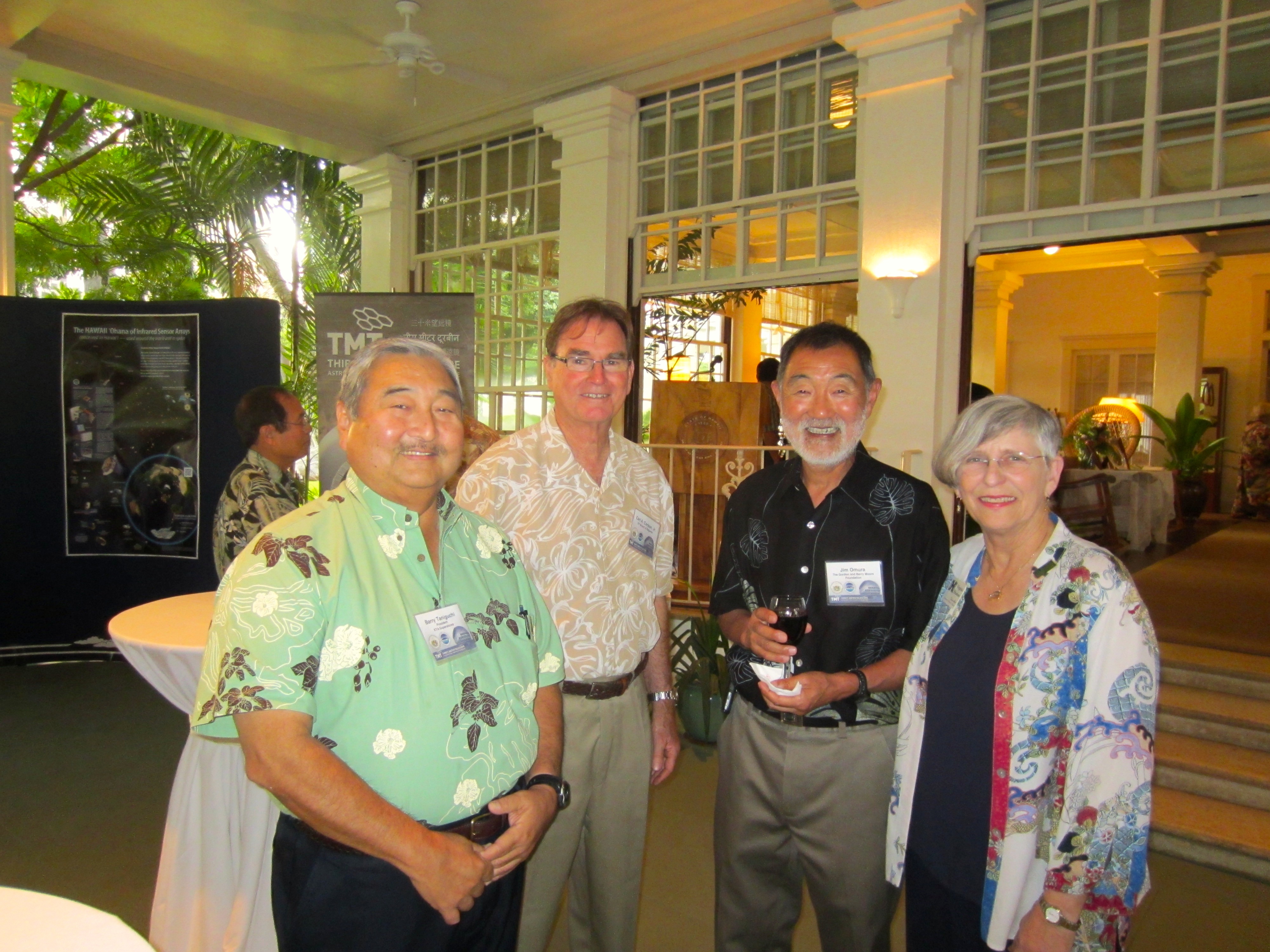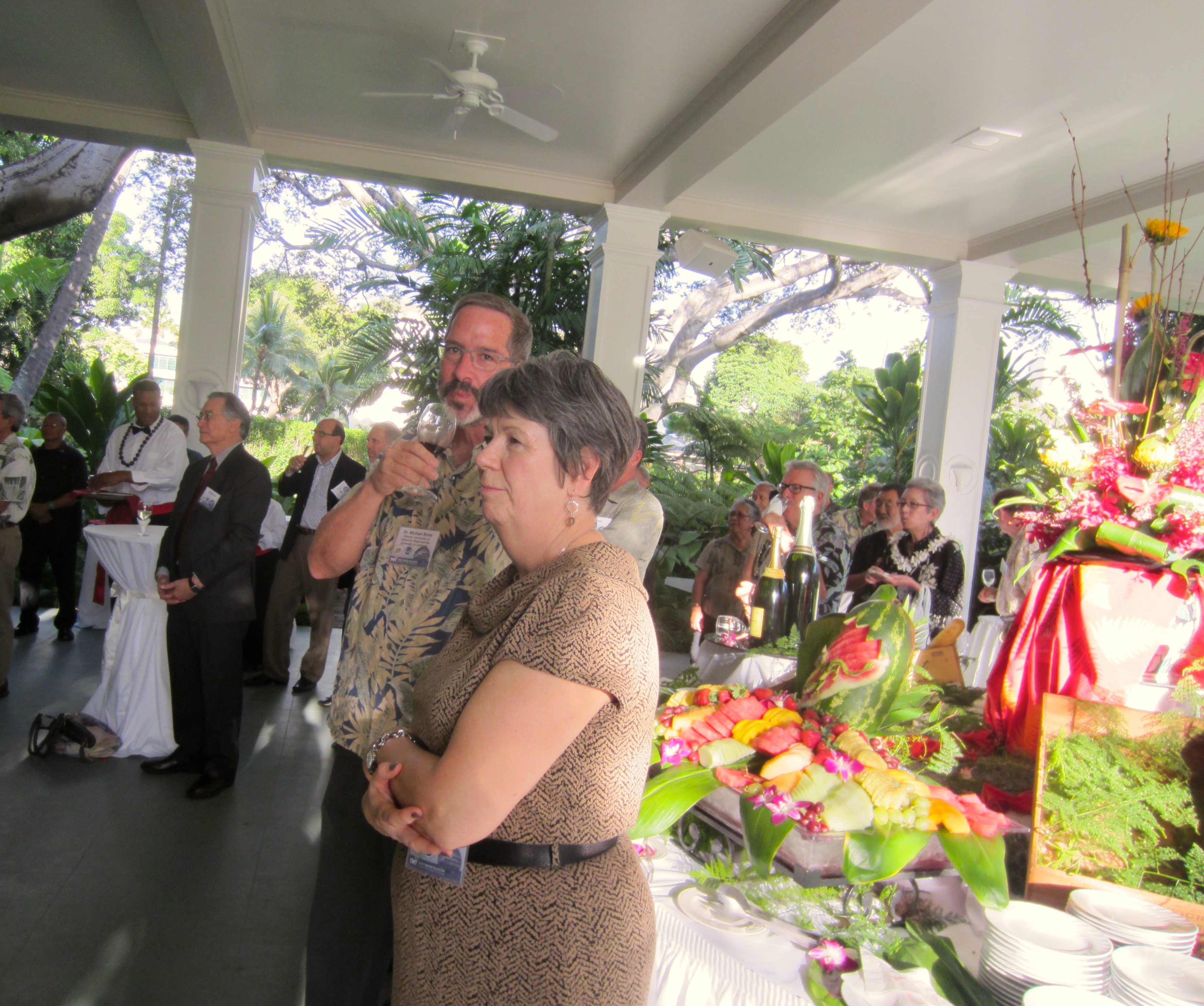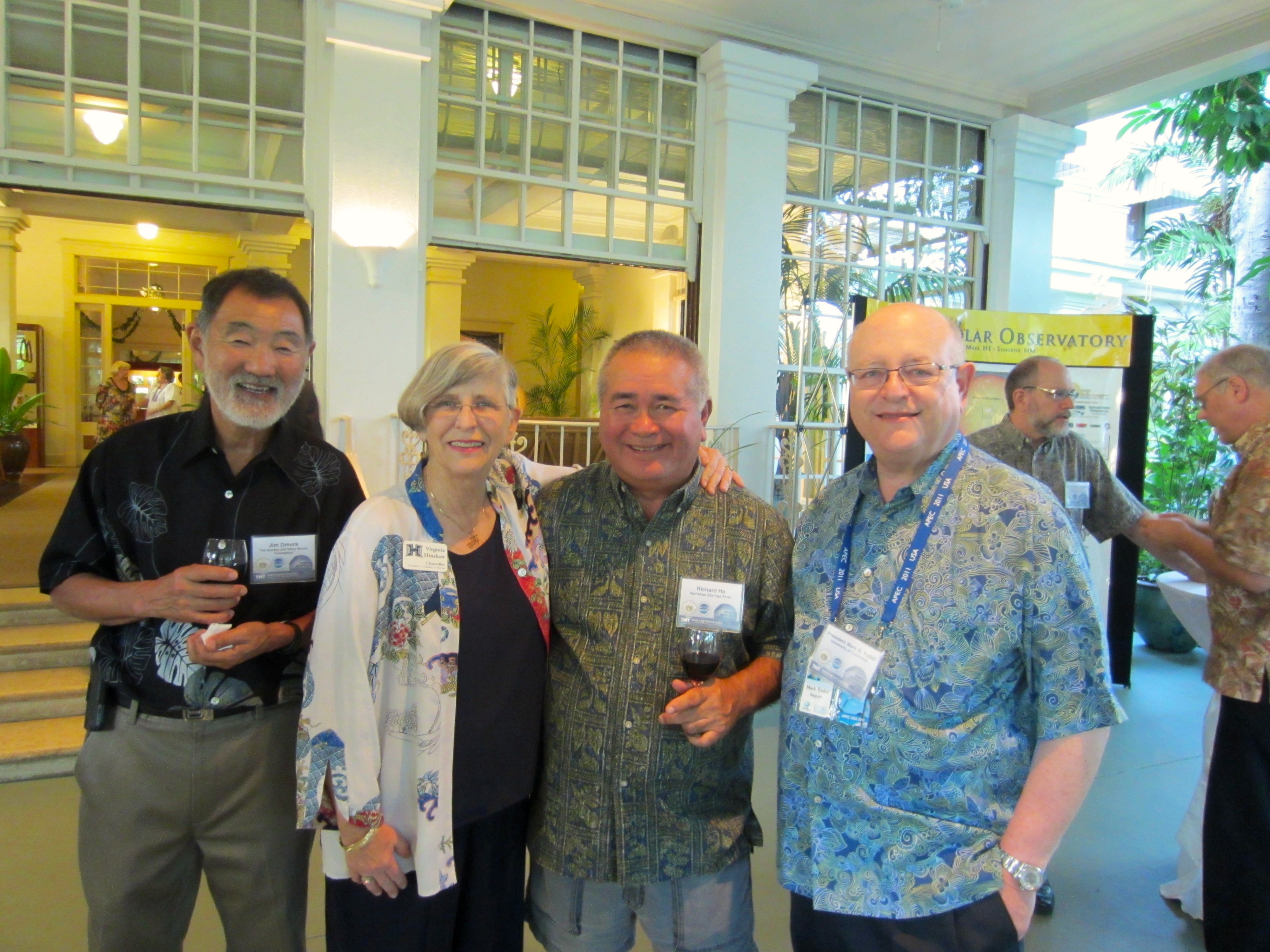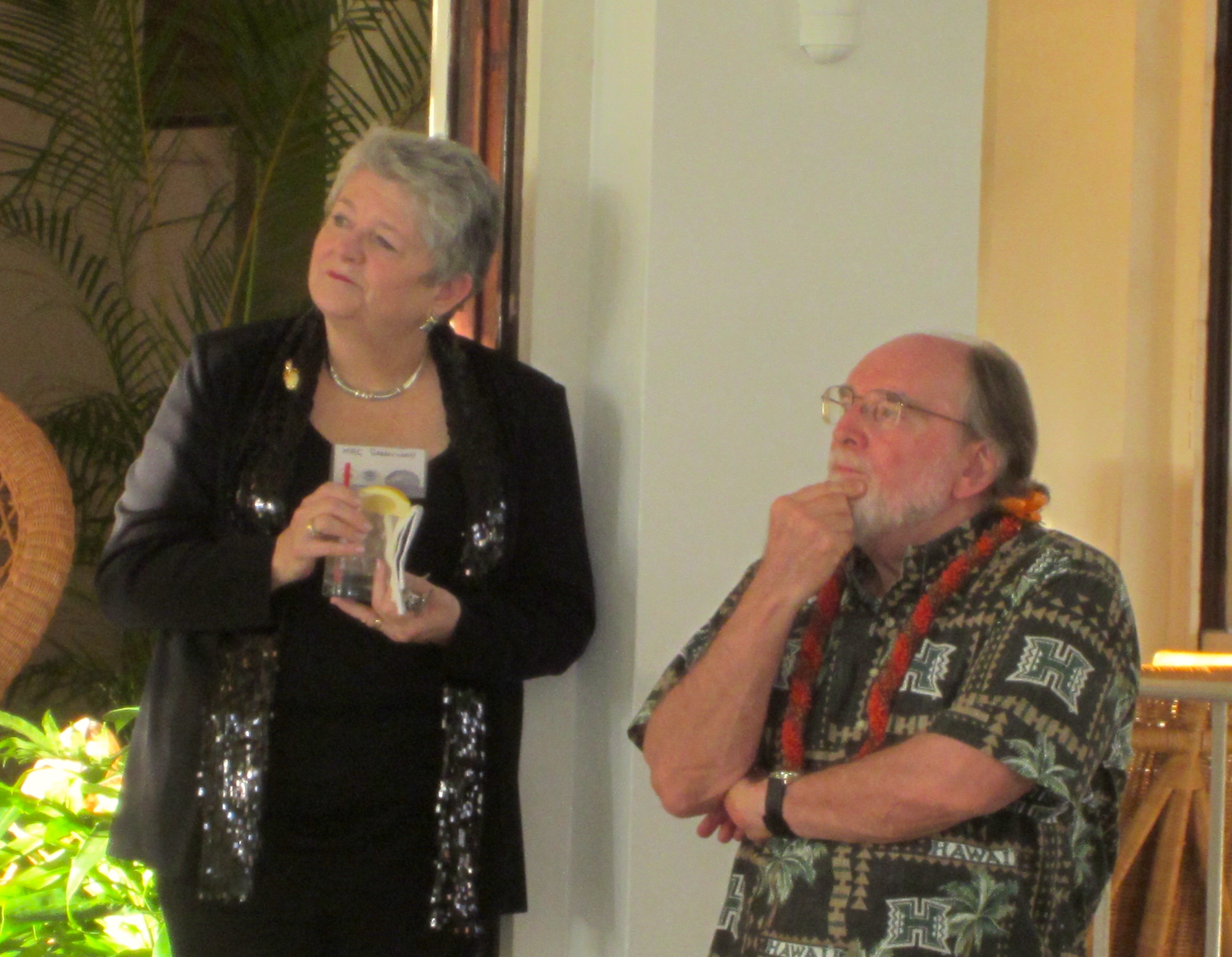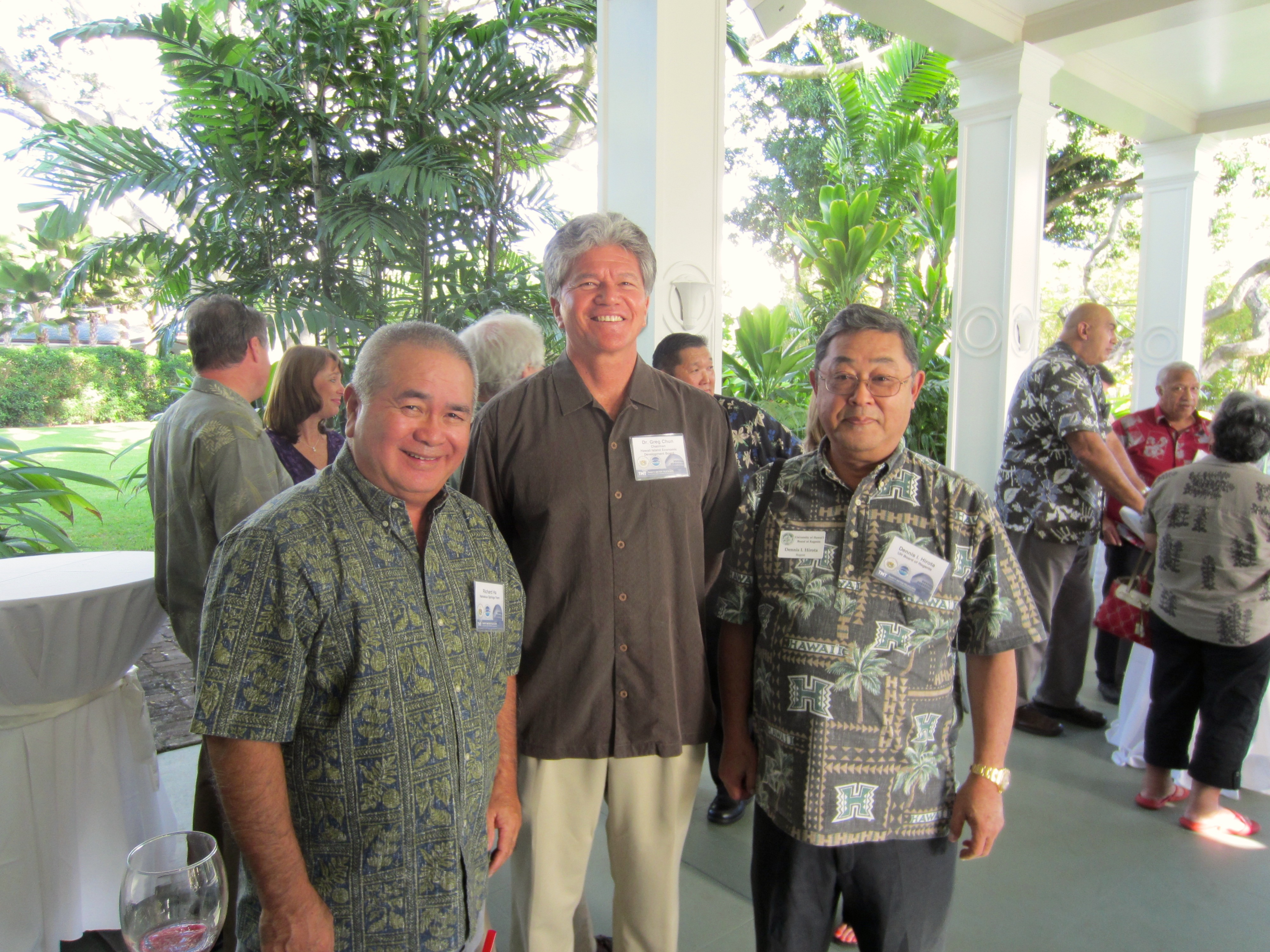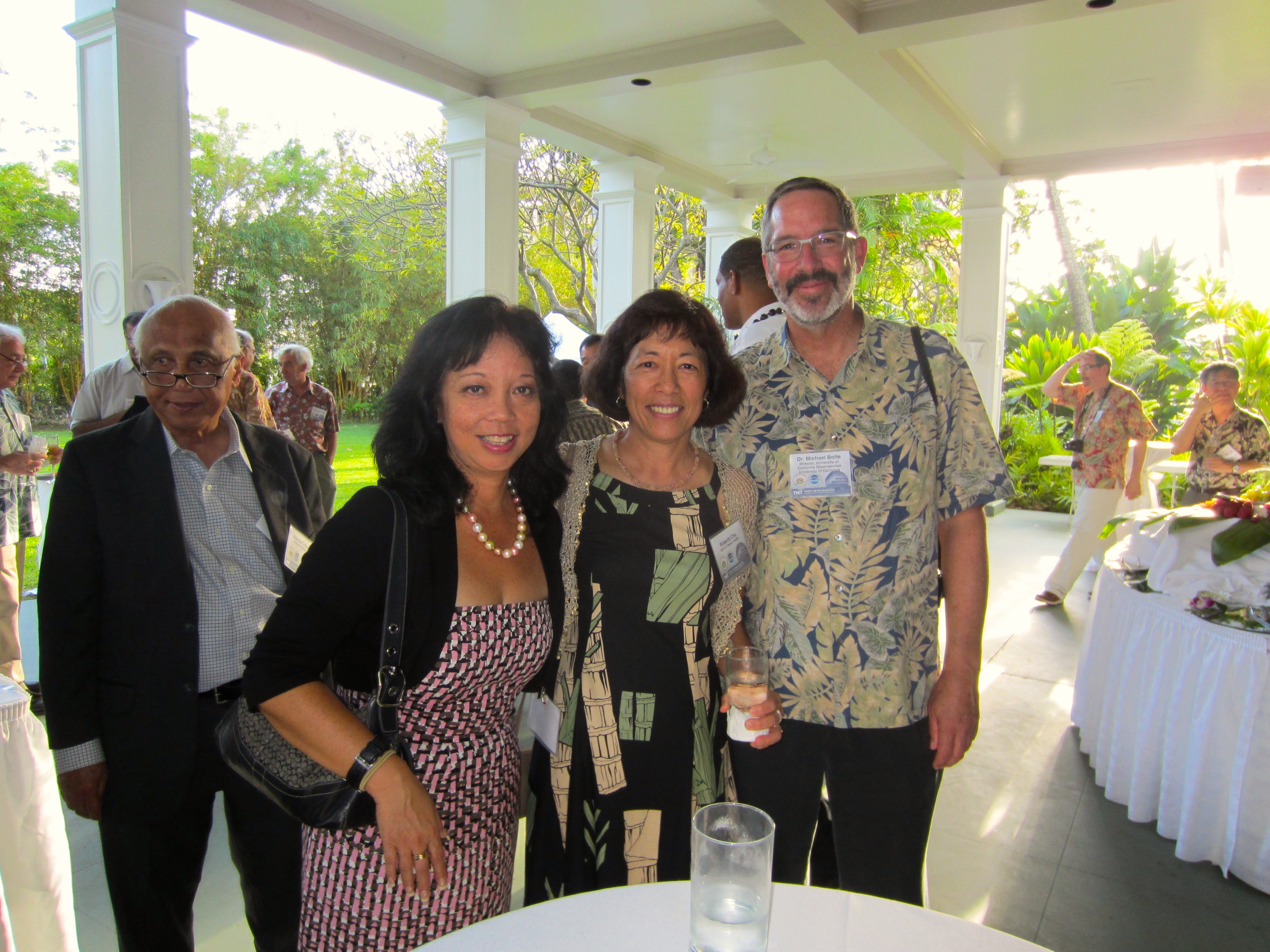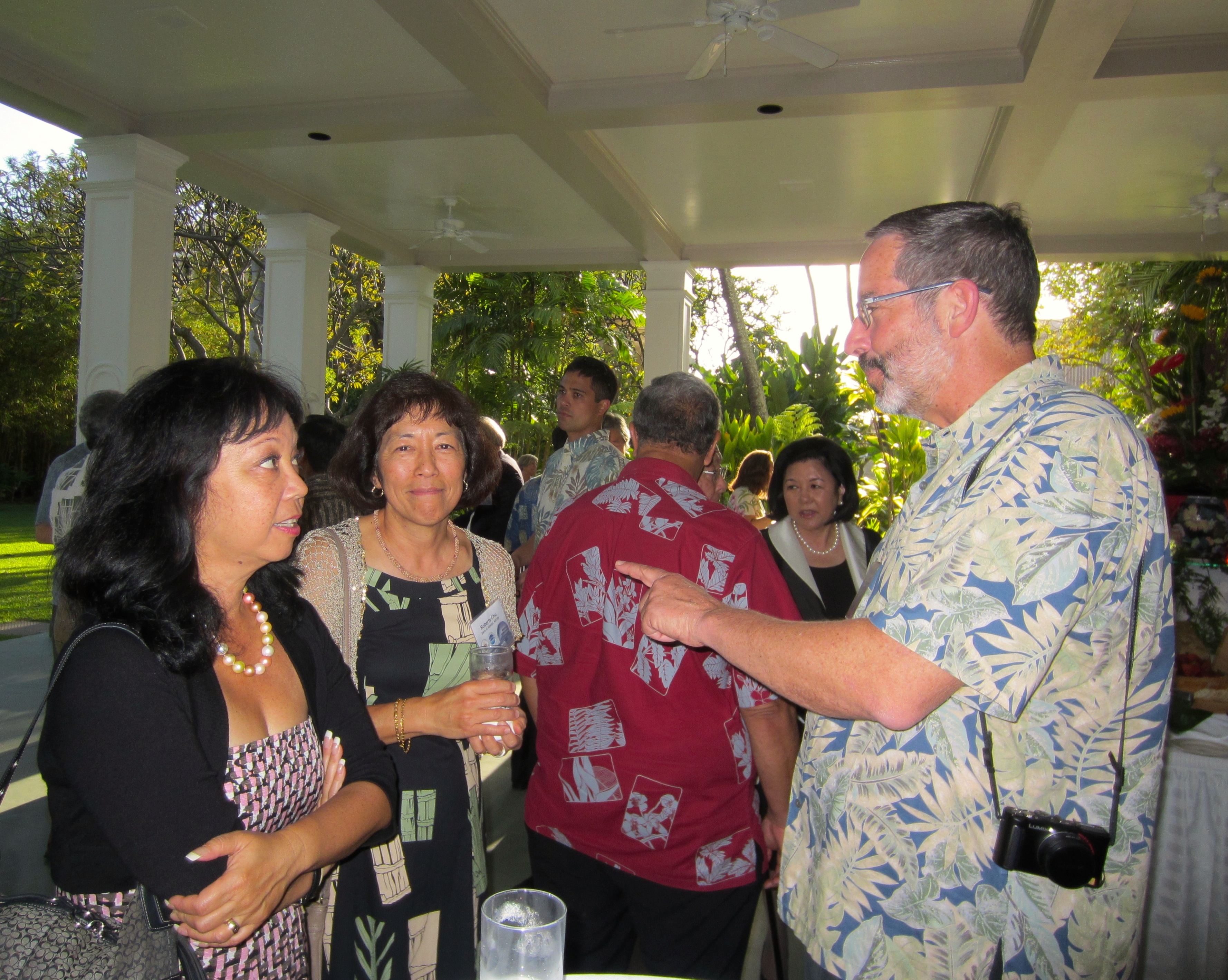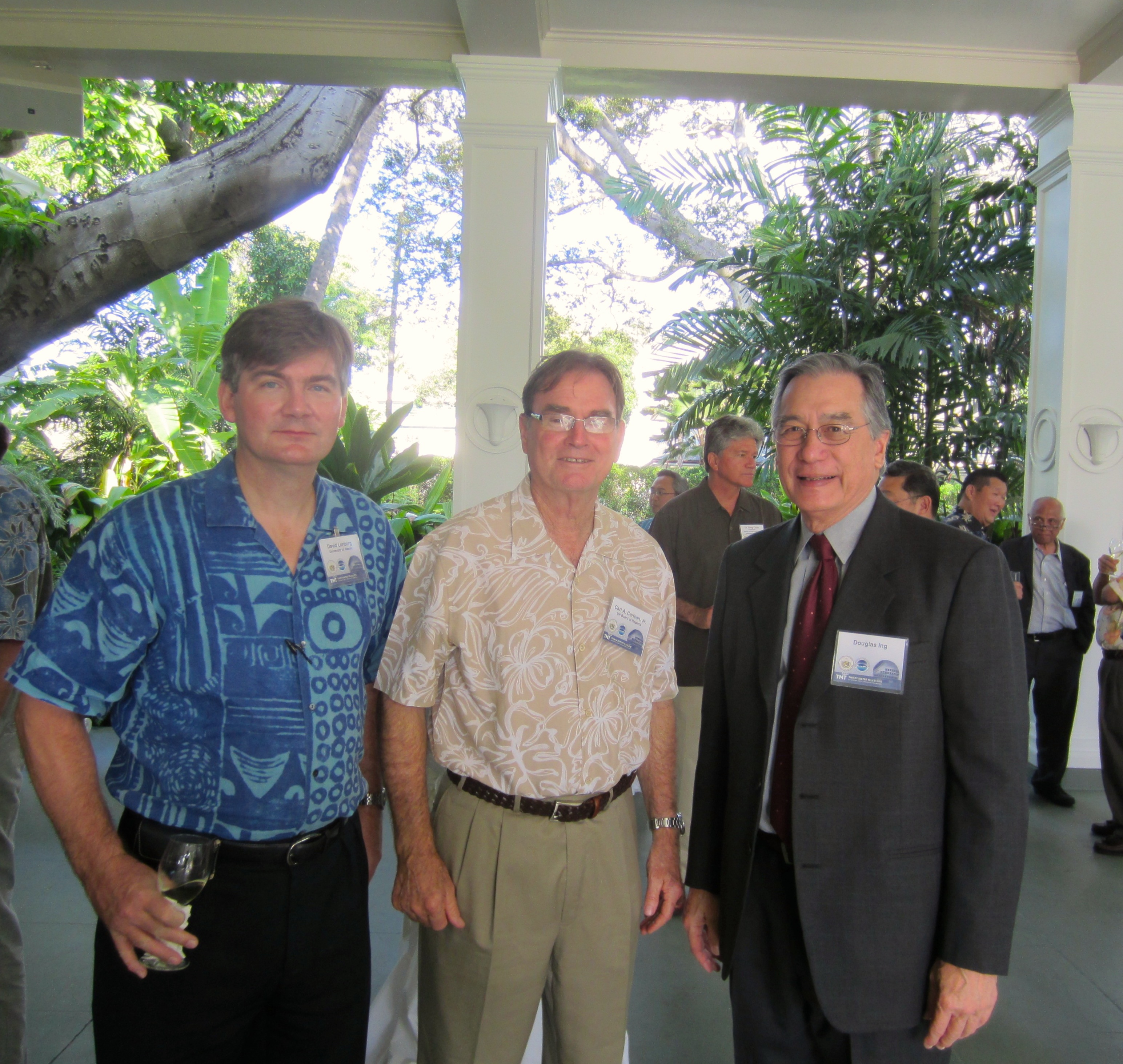When I first heard that the Thirty Meter Telescope (TMT) was interested in coming to Mauna Kea, I volunteered to be on the TMT committee of the Hawai‘i Island Economic Development Board (HIEDB). If the TMT was going to happen, I wanted to have a hand in making sure it was done right.
At the time, I was just a banana farmer minding my own business. But it was clear to me that I needed to learn more about the Hawaiian culture and the effect the TMT might have on the Hawaiian people, whose feelings about Mauna Kea were deep-rooted.
That led me to Keaukaha, the oldest Hawaiian Homes community on the Big Island, and to Keaukaha Elementary School, which is the center of the community’s social structure. Lehua Veincent was the school’s principal.
I thought I had a reasonable plan of action when I asked Kumu Lehua what he thought about asking the TMT folks to give Keaukaha Students five full-ride scholarships to the best schools in the nation. He looked at me, and in a gentle way he asked: “And what about the rest?”
I could feel my ears getting red. Indeed, what about the rest? That was a lesson I will never forget.
The TMT folks engaged HIEDB to do community outreach, and we had done that for about a year when they decided instead to engage the University of Hawai‘i at Manoa directly. But having met and liked the folks in the Keaukaha community, I continued to talk story with Kumu Lehua and then Patrick Kahawaiola‘a, President of the Keaukaha Community Association. Occasionally, I would drop by and give the kupuna bananas or tomatoes—whatever was in oversupply.
One day, I asked Kumu Lehua where the students go on excursions. He told me that they did not go on regular excursions; instead they walk around the community, because they did not have enough money for the school buses.
I thought that everybody went on excursions! Here we were in Keaukaha, the most Hawaiian of Hawaiian communities, looking up at the Hawaiians’ sacred mountain Mauna Kea where there are millions of dollars’ worth of telescopes, and the kids do not go on excursions because they cannot afford the bus?
I was speechless.
I thought, “This no can.” I called my friend Duane Kanuha, and we came up with the idea that we would start an Adopt-A-Class program. It would be designed like the Adopt-A-Child program one sees on TV, where for $25 or so, one could “adopt” a child, and the child would sent a note and photos, showing how his/her live improved.
We did some checking and decided to set $600 as the amount it would take to Adopt-A-Class so they could go on excursions. Three hundred dollars would be for the bus, and $300 would go toward entry fees for ‘Imiloa—Hilo’s world-class Hawaiian culture and science museum—should the teachers choose to take the students there.
We told the community about this, and they responded. We had all the classes from K-6 adopted, for both semesters, within four months. And they all started to go on excursions.
Chef Alan Wong was one of the first to get involved in the Adopt-A-Class program. One day he called me and said, “I want to go talk to the class I adopted.” This led to him visiting and presenting a class to the 6th graders. Leslie Lang wrote about it here on the blog:
…The principal of the school told me they never get people of such celebrity speaking to, and inspiring, their kids. Richard says that one of the teachers told him, too, that no one comes to Keaukaha Elementary to tell the kids they, too, can do it. He says the teacher had tears in her eyes when she told him that.
It was really an incredible morning. Read more
Alan Wong has a new book out, The Blue Tomato, which came about as a result of that visit to Keaukaha Elementary School.
The Gordon & Betty Moore Foundation heard about our Adopt-A-Class project and they took the idea islandwide. They were going to sponsor half of all students on the island to visit ‘Imiloa Astronomy Center, but then the bus company heard about it and offered such a huge discount that instead they were able to pay for every student on the island, in every public, private and charter school.
During that one year that the TMT disengaged from dealing with Big Island folks, the feeling in the community was overwhelming that the TMT would be going to Chile, not coming to Hawai‘i. The TMT people were not successful when dealing directly with UH Manoa.
But Dr. Henry Yang, Chancellor of UC Santa Barbara and the new President of the TMT Corporation, wanted to assess the situation for himself. So along with his friend Dr. Jean Lou Chameau, President of Cal Tech University, he came to visit the Big Island.
I was at that meeting. Dr. Yang asked what I thought. I told him it would take a lot of work and they would need to talk to the community directly.
Henry is a “people person.” By the end of the meeting, I could tell he is the kind of person one could do business with on a handshake.
He and Jean Lou visited the Big Island at least 15 times after that, and because of the relationships I had built up in the Keaukaha Community with the Adopt-A-Class project, I was able to bring them to community meetings with the real, grassroot folks. To their credit, Henry and Jean Lou wanted to meet with even the most strident activists on the island.
They visited Keaukaha Elementary School four times. Can you imagine, the President of the TMT and the President of Cal Tech visiting Keaukaha School so many times that they became a fixture? As in: “Eh, where you guys going now? Come, come. Go eat!”
The relationship and the trust grew. Henry and Jean Lou started to understand that the lowest common denominator, on which folks on all sides of the issue could agree, was keiki education.
So one of the first foundation pieces they agreed to was committing $1 million per year for keiki education. It would start as soon as the construction permit was issued, and then continue through the construction period and for the life of the TMT. This is estimated to be 58 years.
Imagine, $58 million dollars for the education of our kids on the Big Island!
The TMT is applying now for the construction permit. If it is approved and we get the $58 million dollars for keiki education, it will be largely because people cared about other people, and sent kids on excursions just because it was the right thing to do.
My Pop used to tell me, “Get thousand reasons why no can. I only looking for the one reason why CAN!”

